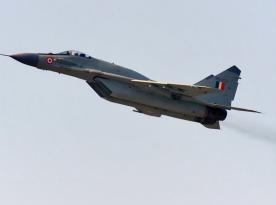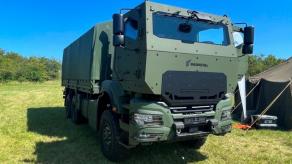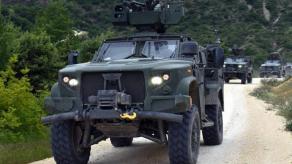This spring, on the April 13 evening, iran launched a massive combined-weapon aerial attack on Israel using 130 Shahed-136 attack drones, and 150 missiles of ballistic and cruise types. When it happened, the United States joined Israeli forces in repelling this onslaught, having shot down 70 drones and three ballistic missiles.
Even though it happened seven months ago, from time to time new details emerge in the media about the repulse of this air attack: this time, CNN shared memories from an American F-15E Strike Eagle pilot, Maj. Benjamin "Irish" Coffey, who fought off iranian drones that night.
To put it briefly, the Americans did not expect such an attack from iran to be so overwhelming: the U.S. military servicemen interviewed by CNN journalists said it was the first real test for the U.S. Air Force against such a sustained drone attack and that they hadn't had much practice on such a large scale before.
This detail is quite telling because, on the one hand, it's not like the iranian tactic was unexpected: by that time, russians had been using Shahed drones in similar saturation attacks almost daily for months, so the Americans should've had enough time to study this threat, analyze possible scenarios and prepare countermeasures in case they would need to fend off such attacks on their own.
On the other hand, this situation demonstrates that sometimes one has to face the threat himself to understand its magnitude and experience the challenges that come with actually fighting it.
An example of such a challenge is how one of the F-15E Strike Eagle fighters simply ran out of air-to-air missiles when repelling the iranian attack. Since the pilots were ordered to use all available means to shoot the drones down, this F-15E tried to destroy one using its 20mm gun. However, despite all the dangerous maneuvers in pitch darkness, the first attempt to destroy the Shahed failed. And in view of the extremely high risks, the crew decided against trying once more.

Another challenge for American aircraft pilots was to return to the bases after completing the mission. They needed to find their way while Patriot missiles were still taking down iranian drones and missiles, causing a risk of damage by falling debris.
Also, some pilots were carrying back missiles that didn't detach from the pylons despite initiated launch program, so they were forced to carefully land with activated weapons on board.
Read more: Why russia Deploys its Tu-160 Bombers for the First Time in 550 Days














